5 must-see pieces at the NGV French impressionism exhibition
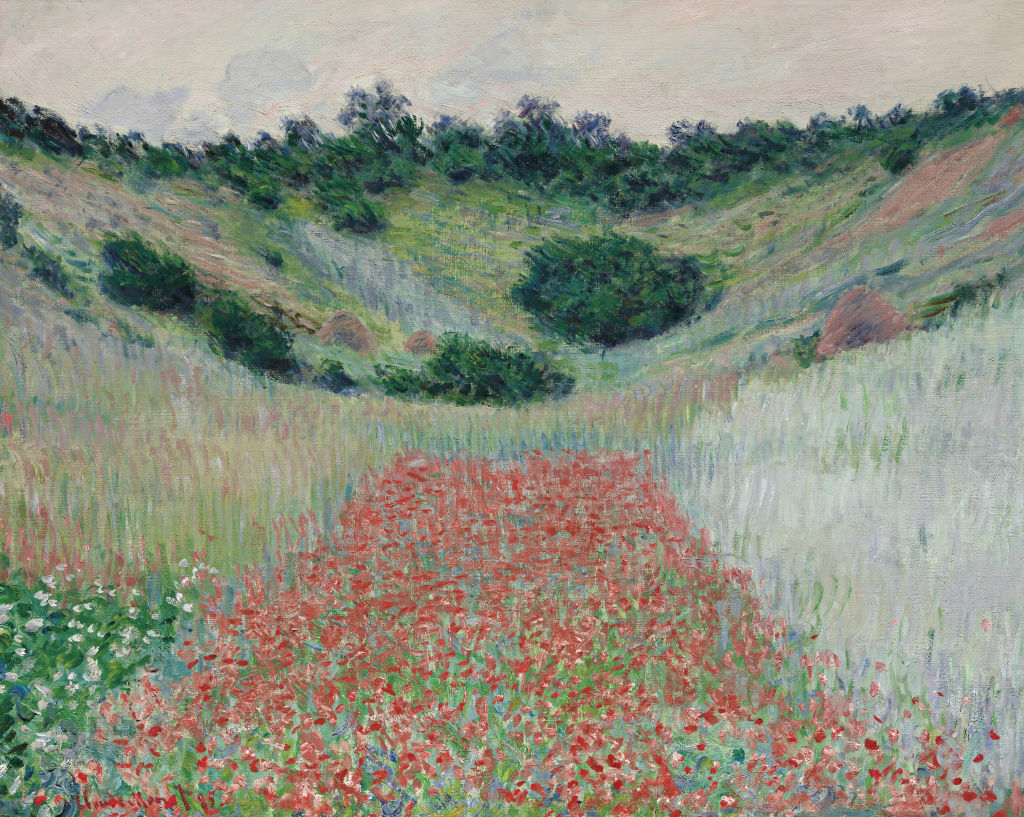
One hundred French impressionist paintings by some of the art movement’s biggest names – Monet, Renoir and Degas – have arrived at the NGV. The collection, on loan from the Museum of Fine Art in Boston, includes 79 works that have never been seen before in Australia.
Here are NGV assistant curator Meg Slater’s top five must-sees – and why they’re important.
1. FRITS THAULOW
RIVER VIEW, CIRCA 1890-1900
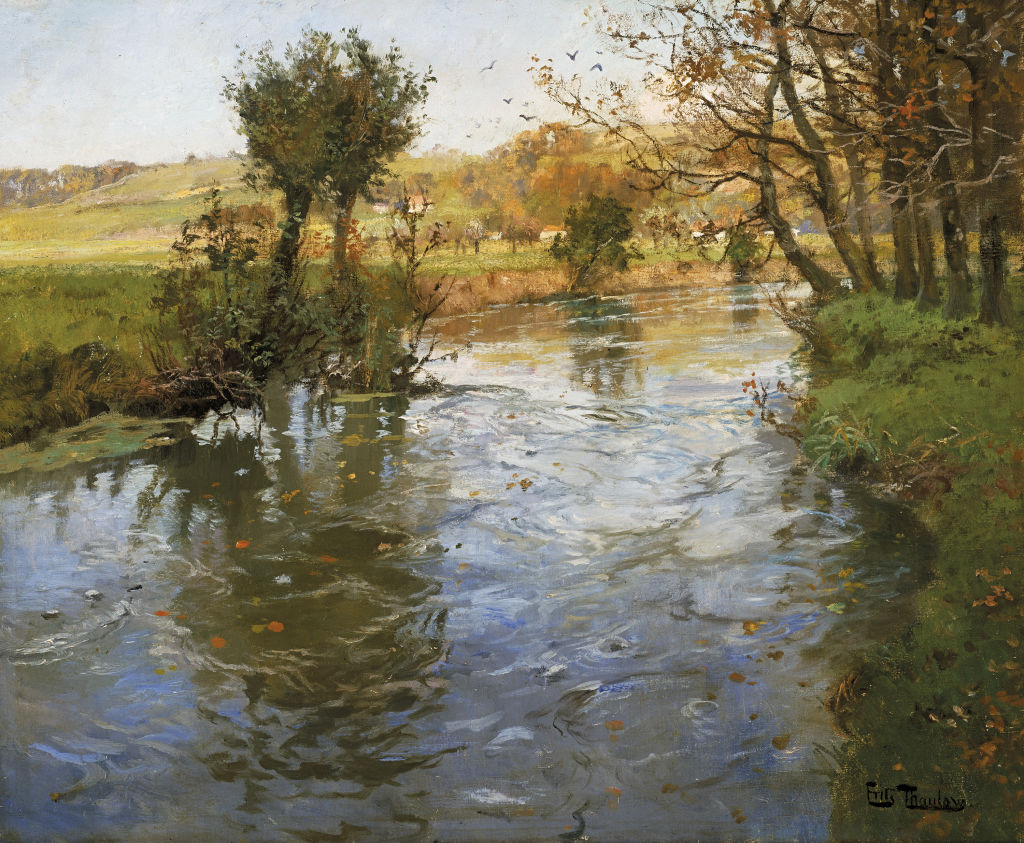
Frits Thaulow wasn’t central to the impressionist movement, but he did work and live in Paris for most of his career. He was friends with Claude Monet. You’ll find this work in the watery surface section at the NGV. The flickering, swirling and ever-changing nature of water was a real challenge for the impressionists, and with this, you’re taken into the water. It looks like Thaulow painted it in the water or from a precarious place on land. It demonstrates that at this point in art history, beyond impressionism, there was a desire to split with academic tradition and move beyond the studio and into nature.
2. PIERRE-AUGUSTE RENOIR
DANCE AT BOUGIVAL, 1883
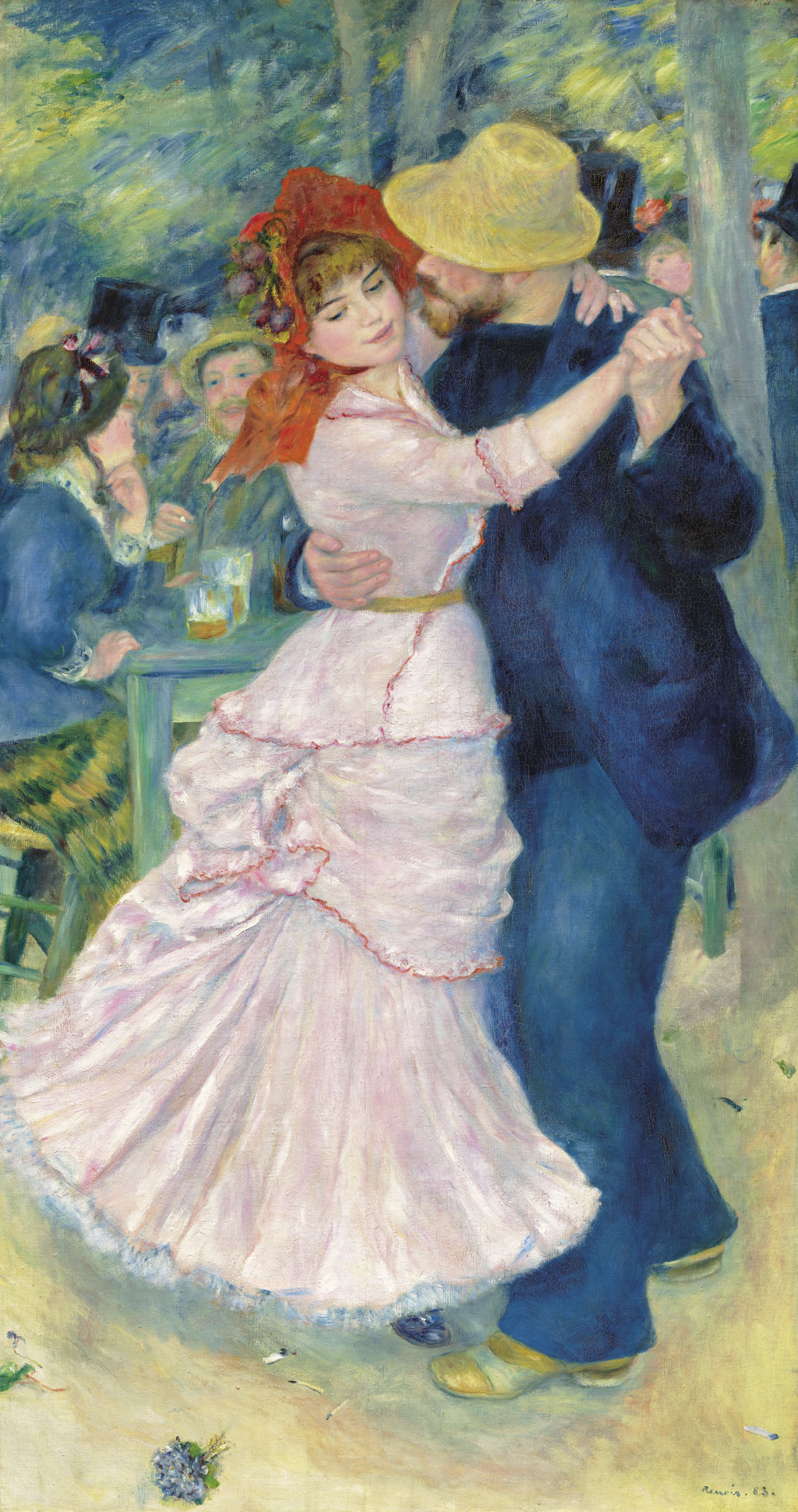
This monumental canvas is one of Renoir’s most famous. It represents a period of definitive experimentation in his career. Renoir had been in Italy studying the Renaissance and returned to France looking at form and colour. It’s a period of self-education, and Renoir started to experiment with pictorial effects. He used a luminous palette of soft pastels to look into line, form and colour. You can see his attention to detail in the woman’s bonnet – trimmed with purple fruit – and cigarette butts scattered on the floor. In addition to this idyllic scene of a couple dancing, you see extra details Renoir has rendered.
3. BERTHE MORISOT
WHITE FLOWERS IN A BOWL, 1885
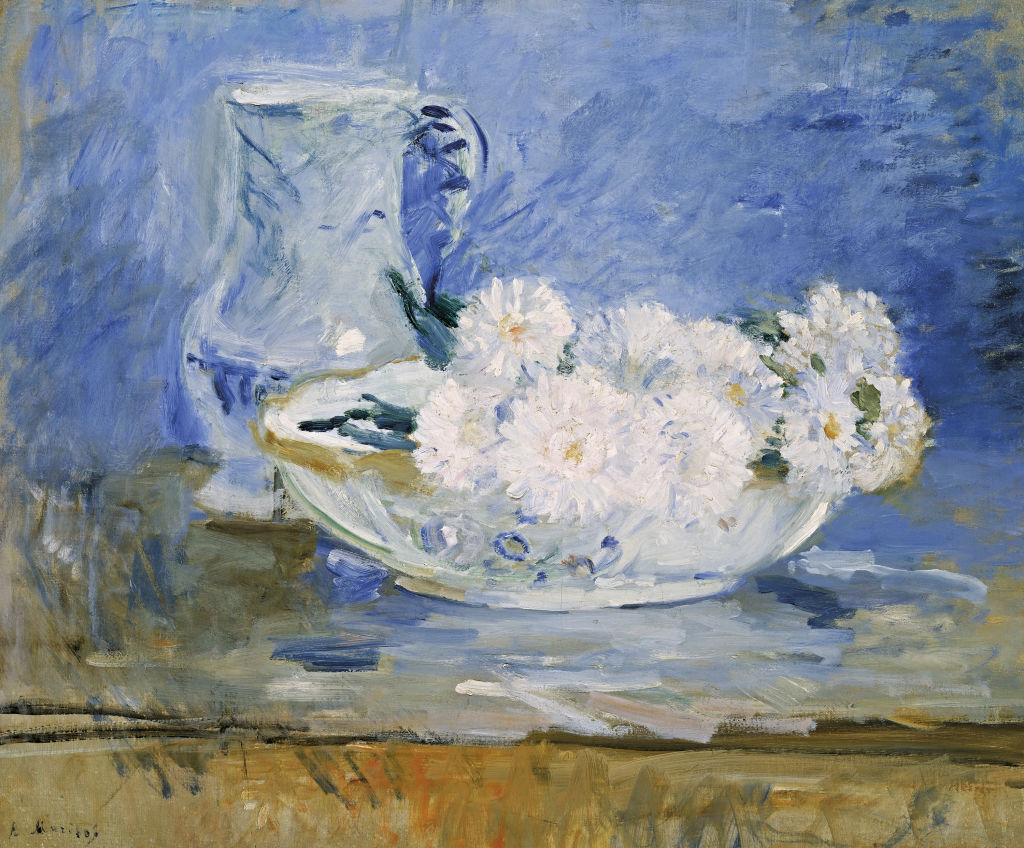
Berthe Morisot was an influential member of the French impressionist movement. An argument put forward in the 1890s was that women were very emotionally attached, unhinged and only mentally capable of recording impressions – that this art movement was suited to women who captured things superficially and fleetingly. Morisot was appointed as the movement’s mascot, but it was a “backhanded compliment in a strange way”. She was accepted to the Paris Salon to receive private training – a time when women couldn’t do that through the Academy. The sketchy and quickly worked nature of her canvas means that a large part of the raw canvas can be seen underneath. In the NGV exhibition, you’ll find it in the section titled Still Life.
4. CLAUDE MONET
POPPY FIELD INA HOLLOW NEAR GIVERNY 1885

You’ll find this work and 18 others of Monet’s in the exhibition’s final gallery, which is oval-shaped. The space references the iconic galleries that Monet was involved in designing when creating the water lilies paintings in Paris. Monet settled in Giverny, where he built his famous water lily garden. You can see the subtle difference between his locations – his use of shadow and colour is incredible.
5. EDGAR DEGAS
MARY CASSATT AT THE LOUVRE: THE ETRUSCAN GALLERY 1879-80
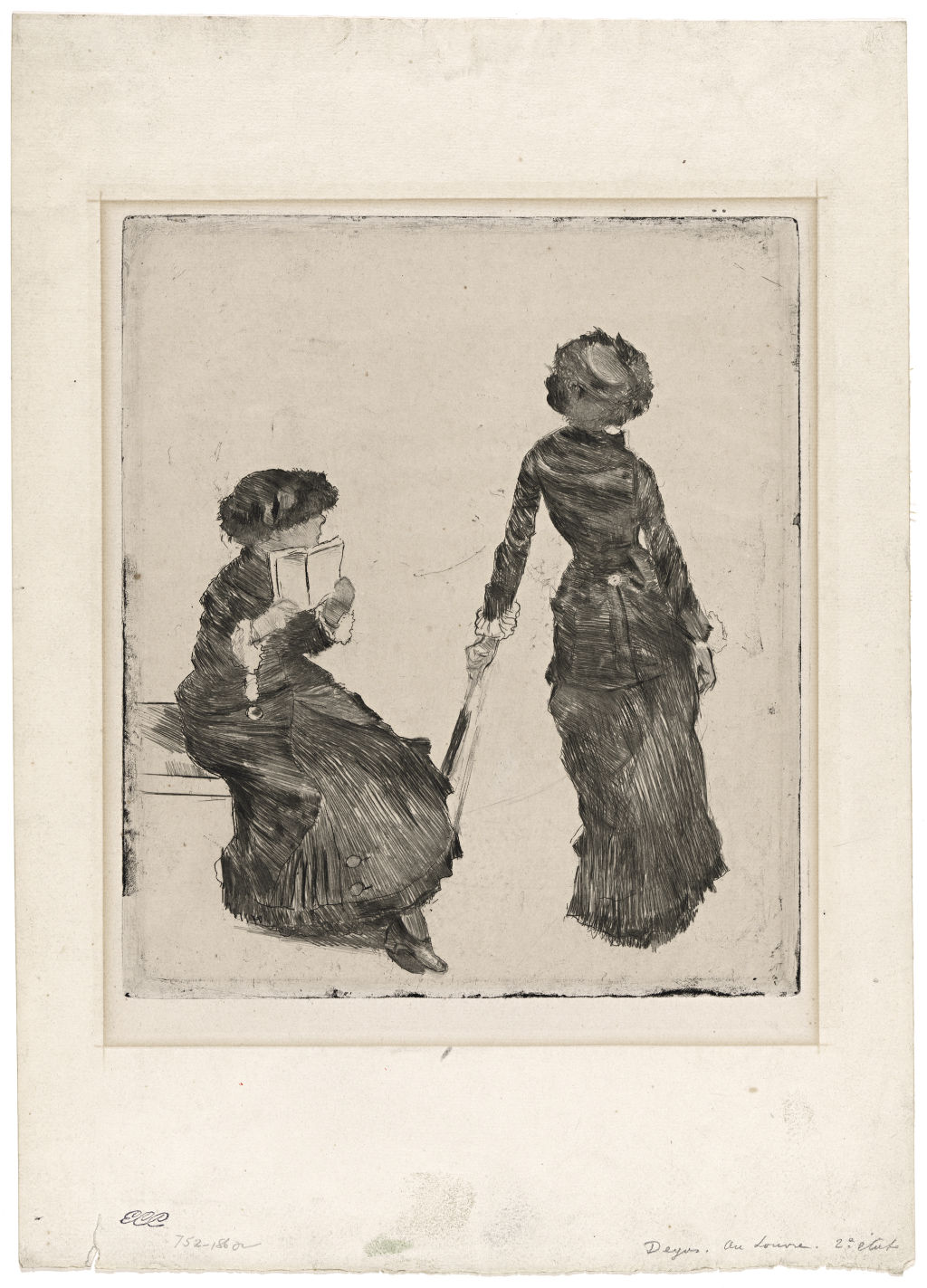
Impressionists in the late 1870s and early 1880s turned to experimental printmaking – including Mary Pasett and Edgar Degas. They came together intending to publish a journal of etchings, but it never came to fruition. This depicts Mary Cassatt leaning on an umbrella, looking at paintings on display at the Louvre.
We recommend
We thought you might like
States
Capital Cities
Capital Cities - Rentals
Popular Areas
Allhomes
More










